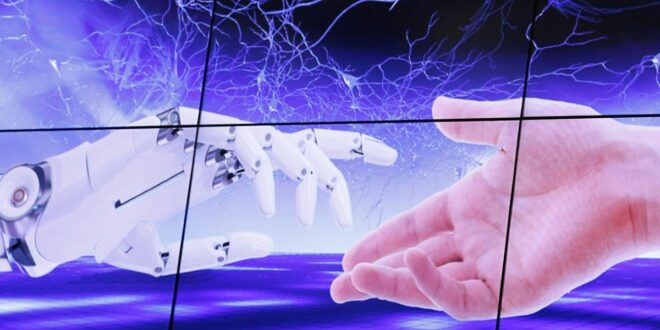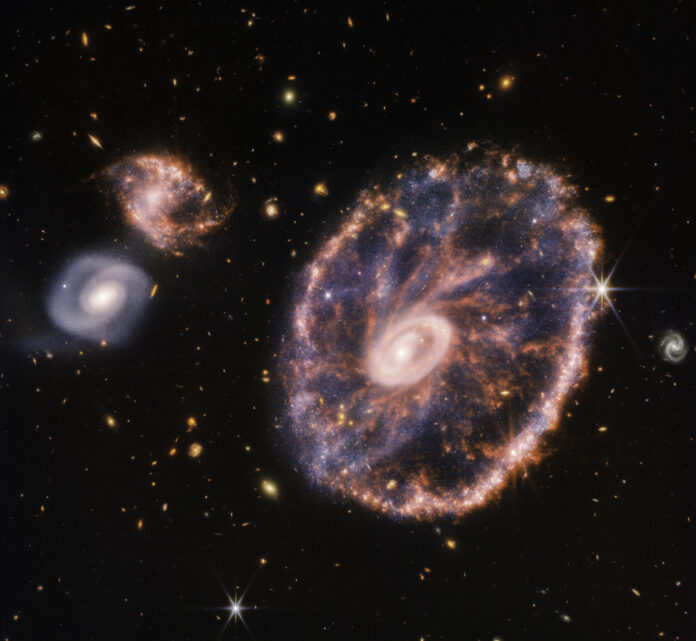
Milky way’s central black hole woke up 200 years ago, NASA’s IXPE finds
Yet new evidence from NASA’s IXPE (Imaging X-ray Polarimetry Explorer) telescope suggests the ancient sleeping giant woke recently – about 200 years ago – to devour gas and other cosmic detritus within its reach.
Sagittarius A* is more than 25,000 light years from Earth – our nearest supermassive black hole, with an estimated mass millions of times that of our Sun. Often abbreviated by researchers to Sgr A* (pronounced “Sagittarius A star”), it sits in the constellation of Sagittarius at the very heart of the Milky Way.
Scientists called on IXPE for a closer look when previous X-ray studies detected relatively recent X-ray emissions of giant clouds of gas in its vicinity. Given that most cosmic clouds, called “molecular clouds,” are cold and dark, the X-ray signatures of these clouds should have been faint. Instead, they shone brightly.
“One of the scenarios to explain why these giant molecular clouds are shining is that they are, in fact, echoing a long-gone flash of X-ray light, indicating that our supermassive black hole was not that quiescent some centuries ago,” said Frédéric Marin, astronomer at the Astronomical Observatory of Strasbourg in France and lead author of the new study, published in the journal Nature.
IXPE, which measures polarization of X-ray light, or the average direction and intensity of the electric field of light waves, pointed at these molecular clouds for two periods of study in February and March 2022. When astronomers combined the resulting data with images from NASA’s Chandra X-ray Observatory and compared them to archival observations from the European Space Agency’s XMM-Newton mission, they could isolate the reflected X-ray signal and discover its point of origin.
“The polarization angle acts like a compass, pointing us toward the mysterious, long-gone source of illumination,” said Riccardo Ferrazzoli, astrophysicist at the Italian National Institute of Astrophysics in Rome. “And what lies in that direction? None other than Sgr A*.”
Analyzing the data, the team figured out that the X-rays from the giant molecular clouds were reflected light from an intense, short-lived flare produced at or near Sgr A*, possibly caused by the black hole abruptly consuming nearby material.
The data also helped researchers estimate the luminosity and duration of the original flare – suggesting the event occurred some 200 Earth years ago, or roughly around the start of the 19th century.
The team’s next goal is to repeat the observation and reduce the uncertainties of the measurement, said Steven Ehlert, IXPE project scientist at NASA’s Marshall Space Flight Center in Huntsville, Alabama.
Follow-up data could improve estimations of when the flare occurred and how intense it may have been at its peak, and will help determine the three-dimensional distribution of the giant molecular clouds surrounding the quiescent black hole.
Most importantly, he said, such studies help researchers gain new understanding of the physical processes necessary to awaken Sgr A* again – even if just temporarily – from its uneasy slumber.
“IXPE is playing a key role in helping us better understand the timescale on which the black hole at the center of our galaxy is changing,” Ehlert said. “We know change can happen to active galaxies and supermassive black holes on a human timescale. We’re learning more about this one’s behavior over time, its history of outbursts, and we’re eager to observe it further to determine which changes are typical and which are unique.”




















































































































































